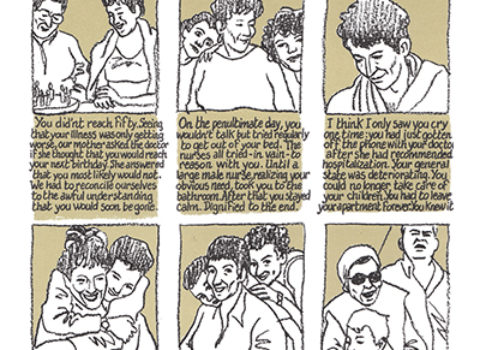From “Club Chair,” an essay in the collection Lost Objects, which was published in July by Hat & Beard Press.
In 1957, my family was at the historical apex of its prosperity. My father had been hired as director of operations at an iron foundry—a sharp turn upward from the shoe store my parents had been running in a grim factory town. Suddenly we had a new house and even a new car. And my father allowed himself the only true luxury I ever knew him to indulge in: he designed a leather club chair and had it built to his specifications.
But within a year, the foundry had closed, my father was out of a job, and there were no jobs to be had in our corner of southeastern Belgium. So, in part because a childhood friend of my father’s had married a G.I. from New Jersey, we emigrated to the United States. We emigrated in style, bringing along nine wooden crates of china and crystal (much of it smashed in transit)—and the chair, which got its own crate. My father found a factory job, and we lived in a succession of apartments and eventually a small house. The surviving china was brought out for Christmas and Easter, and we made do with supermarket china the rest of the time. But there was always the chair, in which my father watched TV and read Alphonse Daudet and ten thousand accounts of the war.
In 1987, when he retired, my parents decided to move back to Belgium. They gave me the chair. I was of course thrilled—it was the one possession of theirs I’d ever really coveted. So I hauled it off to my Lower East Side tenement, where it made the acquaintance of the first in a series of cats. It also encountered steam heat and people throwing themselves into it, as well as my habit of napping in it crosswise. It made its way through five apartments in less than a decade, progressively sagging, its leather and horsehair progressively mauled. And then there was nothing to do but to put it out on the sidewalk on trash night.
It felt like the ignominious burial of the house of Sante. The chair was my legacy and it predeceased my parents. It once seemed as if it would last forever, and I managed to kill it within ten years. It was as if I’d vaporized the family purse on lap dances and blow. In extremis, the chair became the MacGuffin from a sub-Balzac novel of petit bourgeois succession. Progress, however, assured that at least I didn’t have to chop it up for firewood.

































































































